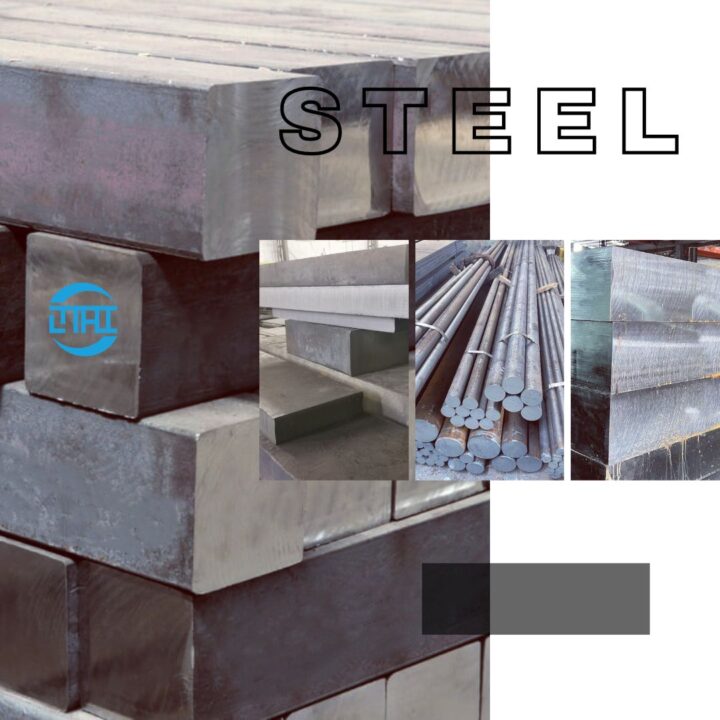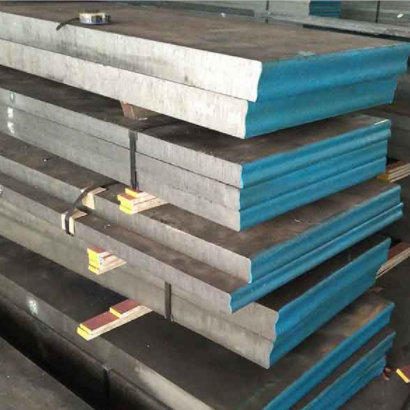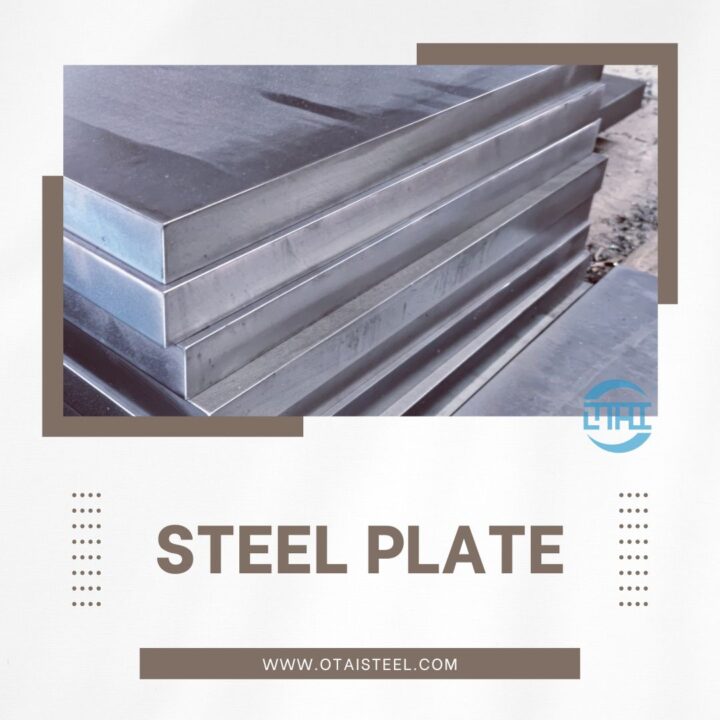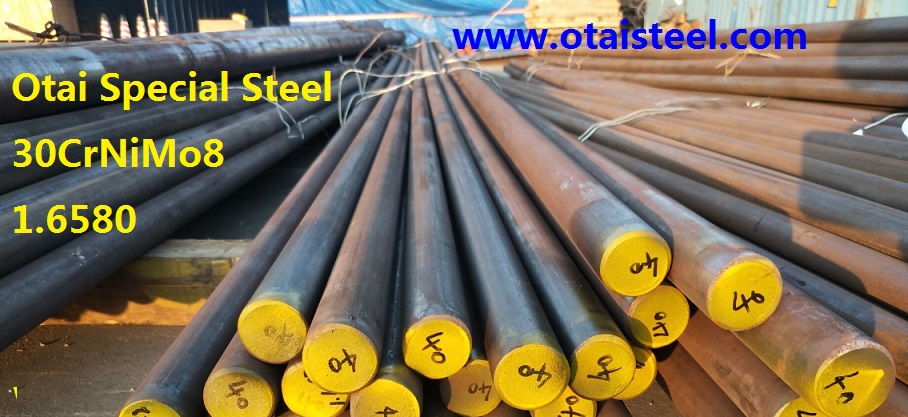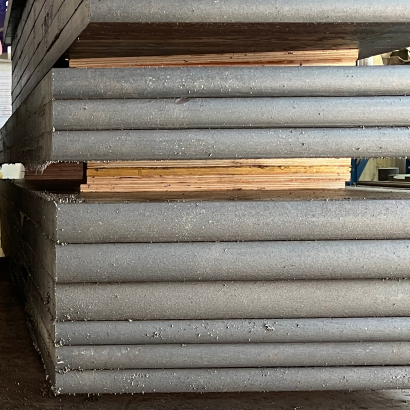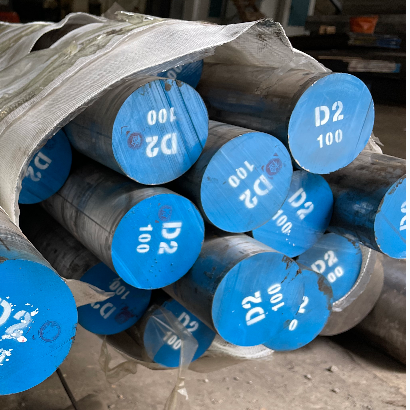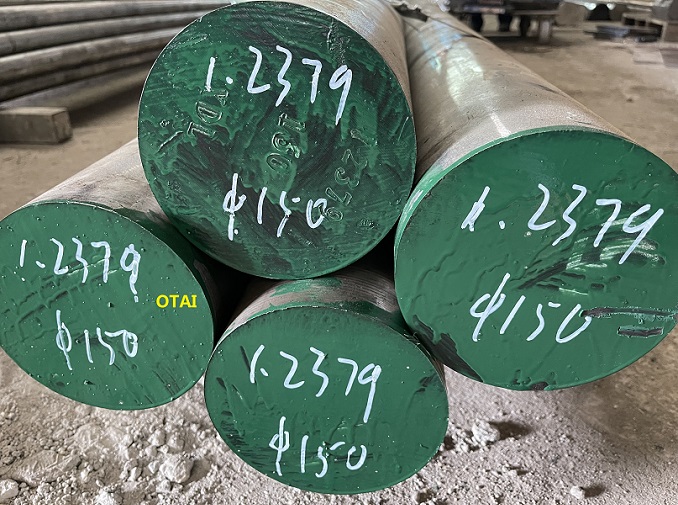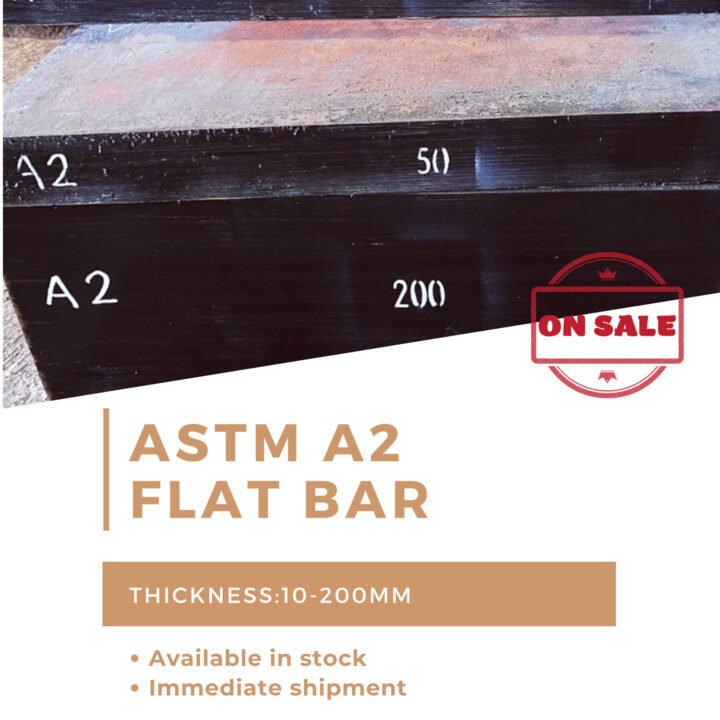Non-destructive testing techniques are essential for assessing the quality, reliability, and safety of 4340 steel components. These techniques enable the detection of surface and subsurface defects, cracks, inclusions, and other imperfections without causing any damage to the inspected parts. (the quality of 4340 steel)
Importance of Non-Destructive Testing
The use of NDT techniques helps prevent catastrophic failures, ensures compliance with industry standards and regulations, reduces downtime, and increases the lifespan of 4340 steel components. By detecting defects early on, potential issues can be addressed and mitigated, leading to improved product quality and overall safety.
Common Non-Destructive Testing Techniques
- Visual Inspection
Visual inspection is the simplest and most widely used NDT technique. It involves a thorough visual examination of the component’s surface to detect surface defects such as cracks, corrosion, or dimensional irregularities. This technique is often used as a preliminary inspection method before employing more advanced techniques.
- Ultrasonic Testing
Ultrasonic testing utilizes high-frequency sound waves to detect internal flaws and measure material thickness. A transducer emits ultrasonic waves into the material, and the reflected waves are analyzed to identify defects. This technique is highly sensitive and can detect even small defects in 4340 steel components.
- Magnetic Particle Testing
Magnetic particle testing is used to identify surface and near-surface defects in ferromagnetic materials like 4340 steel. The component is magnetized, and fine iron particles are applied to the surface. If there are any defects, the particles will gather and form visible indications, making it easier to identify potential flaws.
- Dye Penetrant Testing
Dye penetrant testing involves applying a liquid dye to the surface of the component. The dye seeps into surface-breaking defects, and excess dye is removed. A developer is then applied to draw out the dye from the defects, making them visible. This technique is effective for detecting surface cracks and discontinuities.
- Radiographic Testing
Radiographic testing uses X-rays or gamma rays to examine the internal structure of 4340 steel components. The material’s density and thickness variations produce images that reveal internal defects. It is particularly useful for detecting subsurface defects, voids, and inclusions.
- Eddy Current Testing
Eddy current testing uses electromagnetic induction to detect surface and near-surface defects. An alternating current is passed through a coil, creating eddy currents in the material. Changes in impedance or conductivity caused by defects are detected, allowing for the identification of flaws.
- Laser Shearography
Laser shearography is an optical technique that measures the surface deformation caused by internal defects. A laser beam is directed at the component’s surface, and the resulting interference pattern is recorded and analyzed. Changes in the pattern indicate the presence of defects or discontinuities.
- Thermography
Thermography utilizes thermal imaging to detect variations in temperature on the surface of a component. An infrared camera captures the heat distribution, revealing temperature anomalies that may indicate the presence of defects or structural abnormalities.
Choosing the Appropriate NDT Technique
The selection of the appropriate NDT technique depends on various factors, including the type of defect being sought, the size and geometry of the component, and the accessibility of the inspection area. Qualified NDT professionals consider these factors to determine the most effective technique or combination of techniques for a thorough evaluation.
Non-destructive testing techniques are invaluable tools for evaluating the quality of 4340 steel components without causing damage. Visual inspection, ultrasonic testing, magnetic particle testing, dye penetrant testing, radiographic testing, eddy current testing, laser shearography, and thermography provide comprehensive insights into the integrity and reliability of these components, helping ensure their safe and efficient operation. (the quality of 4340 steel)
